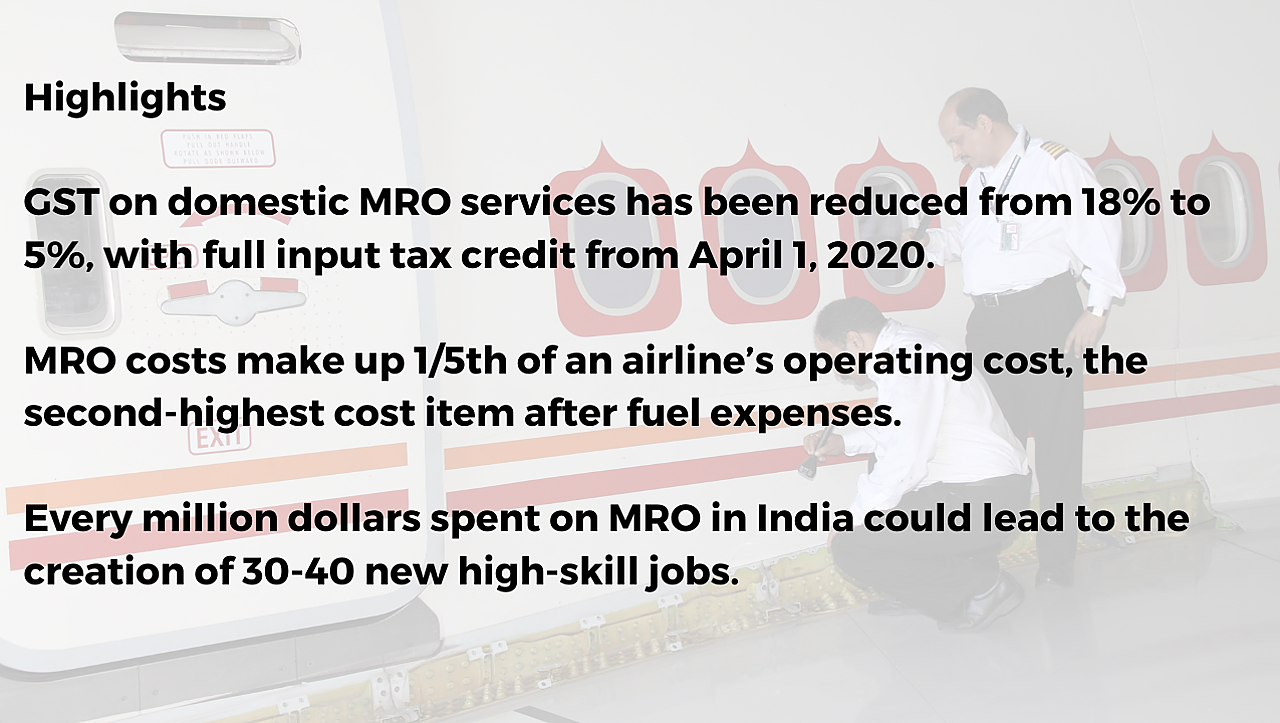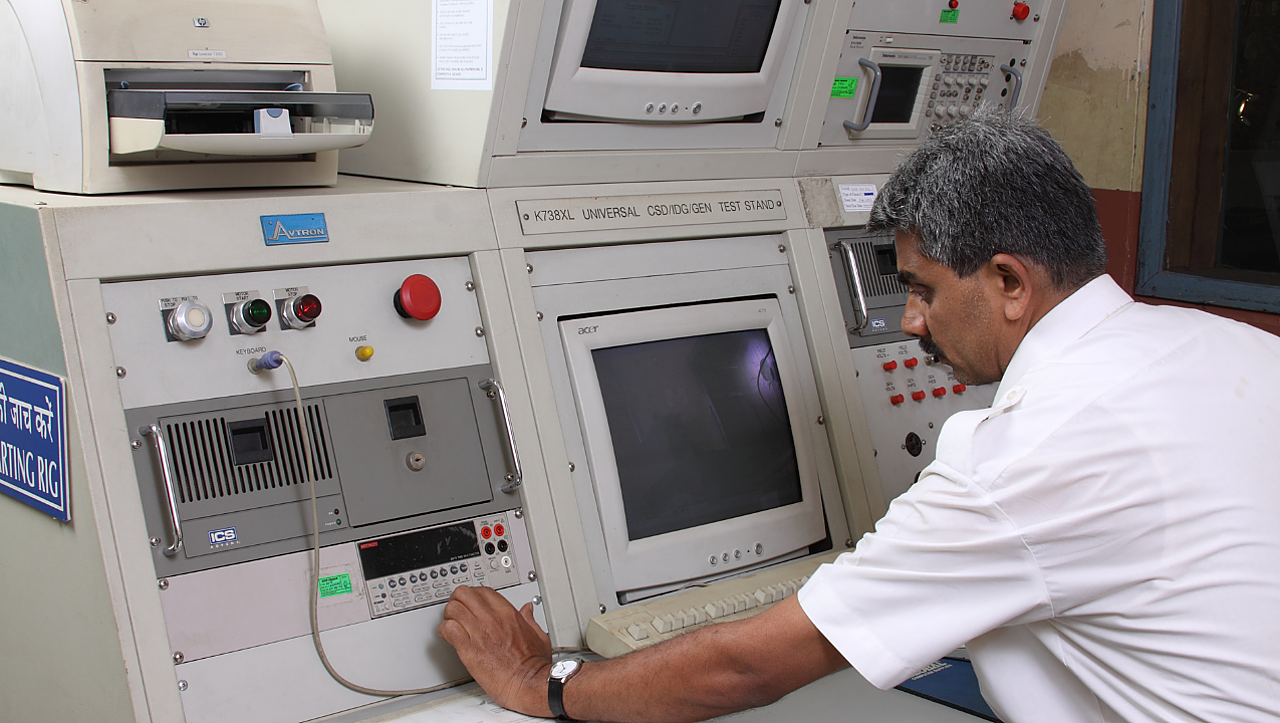
The Indian Maintenance, Repair and Overhaul (MRO) sector appears all set for a period of recovery and growth on the back of increasingly supportive government policies and a greater appreciation of the challenges faced therein. This could help reverse the trend of many Indian domestic jetliners and regional transport aircraft being flown abroad for MRO work. The decision to send aircraft abroad for MRO work is contrary to the requirement of airlines, which need to reduce downtime events and keep aircraft flying while maintaining operational efficiencies.
Despite the scorching pace of growth set by India’s commercial aviation industry before the pandemic, the aviation MRO sector remained a laggard compared to its SE Asian peers. Restrictive government policies had meant that foreign firms remained wary of investing in the capital-intensive MRO business in India, choosing instead to support MRO firms in China, Singapore, Indonesia, Sri Lanka, and the Middle East. As per government figures, 213 aircraft were sent out of India for MRO work between 2015-2017.
Change For Good
One of the most important changes for the MRO industry has been the government decision to reduce GST on domestic services from 18% to 5% with a full input tax credit from April 1, 2020. This has met a long-pending industry demand and will propel the sector forward.

According to Pulak Sen, Founder Secretary-General, MRO Association of India, 30 to 40 new and high-skill jobs could be created in India for every million dollars spent on MRO services. The availability of English-speaking workforce is also a major asset, he said.
Other initiatives taken by the government include waiver of customs duty on tools, tool kits and aircraft components imported by MROs into India.
The duty-free imported components can now be utilised by the MRO firms within the country for three years instead of one year. Rules relating to the export of leased aircraft and recycled components have also been simplified, and foreign aircraft entering MRO work in India can now stay for the entire period of maintenance/up to six months and carry passengers while entering and exiting India. DGCA permission will be required if the aircraft needs to remain in India beyond six months. The government is also encouraging foreign OEMs to set up MRO facilities in India.
In addition, the Airports Authority of India (AAI) is also planning on providing incentives to MRO firms, such as the offer of land with zero airport royalty charges and rationalised land rentals at eight of their airports. The airport land rentals are proposed to be rationalised to 40% of the prevailing land rates as a floor price for the bid process, with an escalation of 5.5% per annum. Besides, concession fees in any manifestation, including airport royalty for MRO entities, can now only be levied for new contracts and are not applicable from the respective renewal date of existing contracts.
The Ministry of Civil Aviation is also constructing a Civil Aviation Research Organisation (CARO) at Begumpet Airport in Hyderabad at an approved cost of INR 402 crore. AAI is slated to complete construction by December 2023. It will comprise R&D facilities for airports and Air Navigation Services (ANS), air traffic management communication domain simulators, network emulators, visualisation and analysis labs, surveillance labs, navigation systems emulation and simulation labs, etc. It will also feature cyber security and threat analysis labs, data management centre, project support infrastructure, software solutions and tools centre and network infrastructure centre.

Growth Opportunity
Roughly one-fifth of an airline’s operational cost is taken up by MRO costs making it the second-highest cost item after fuel expenses. Aero engines make up the bulk of the MRO costs and are also the most valuable item on an airplane, with strong residual value as the aircraft ages. About 60% of MRO spend in India is directed towards the engine, while airframe and component constitute 24% and 16%, respectively (Source: 2015 KPMG analysis).
Indian MRO firms could also benefit from the growing trend towards Power-by-the-Hour (PBH) and Total Support Packages (TSP) for engine and component support, respectively, which will require foreign OEMs to be supported by local partners on-site.
The MRO industry is predicated on two major factors, growth in passenger traffic and the resultant need to increase the number of aircraft needed for regular operations or increase their utilisation rates. Volume is key to the MRO industry, a capital-intensive business requiring aircraft to be returned quickly with zero defects to resume service. Aircraft downtime affects air operators adversely, especially in the Indian market dominated by Low-Cost Carriers (LCC) that operate in a high-cost environment with razor-thin profit margins. Keeping these factors in mind, the recent government changes towards making the MRO industry more competitive will aid Indian carriers in access to more cost-effective services.
Images courtesy: Air India Engineering Services.